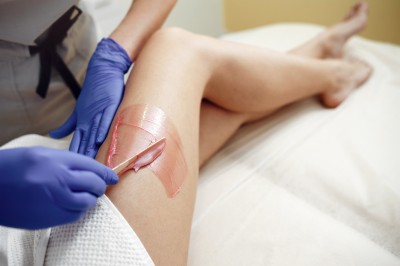The Science of Skateboard Bearings
Believe it or not the advancement of skateboard bearing technology has pushed the envelope of modern bearing development. Due to the extremely high loading experienced caused by modern street skateboarding, skateboard bearing development has increased over the past ten years. Now other bearing manufacturers in other industries, such as aerospace, automotive and machinery have learned a thing or two from the extreme skateboarder.
The interest in advancing skateboard bearing technology started in the early 1990s. This is when skateboarding witnessed the overnight transition from vert skateboarding to street skateboarding. Street skateboarding includes large impacts from skateboarders jumping off (Ollie-ing) high sets of stairs or different elevations of surfaces. This impact loading, combined with 100+ pound skateboarders is a very uncommon loading scenario for the average industrial bearing. In addition, skateboarders tend to put loads in three dimensions on bearings, whereas many industrial bearings only put loads in two dimensions.
The first design enhancements of skateboard bearings started with better lubricants and strengthened parts. For most purposes this solved a lot of the loading problems experienced by skateboard bearings. But as street skateboarding got more intense, even the improved bearing designs could not withstand the more intense loading conditions.
It wasnt until Rodney Mullen worked with Oust Bearings, did the skateboard bearing world finally design the ultimate set of bearings. The one thing that Rodney Mullen did that would continue to fail skateboard bearings was flat ground 360s. He would simply spin his skateboard 360 degrees continually until he destroyed his bearings. This maneuver was a classic example of three dimensional bearing loading.
The designers at Oust Bearings would examine the destruction of Rodneys skateboard bearings. Immediately they understood that the damage was multi-dimensional. They soon began working on an advanced skateboard bearing design that would accommodate loads in three directions. First they started with a unique race design. For those of you who dont know, a bearing race is the channel in the bearing that the balls roll in. The new and improved race design had a deeper race, which let the balls sit deeper in the race. This kept the balls from rubbing against the race edge, which commonly causes ball failure. If a ball fails, then the bearing will seize.
The common mistake that other bearing manufacturers were making was that they would simply increase the strength of the different bearing parts. For instance some bearing manufacturers would make ceramic balls which are harder than the steel races. In this case, the ceramic balls begin to break the races. In other instances, bearing manufacturers would make strong races, which would subsequently fail the balls.
Oust avoided the need to continually increase part strength. This also kept the cost of the bearing low. It was simply an in depth look into the design of the bearing combined with test loading cases that unveiled the real problem with skateboard bearings.
In conclusion, it may seem strange that a sport intended for teenagers would spawn such a technological advancement. This achievement in bearing design may one day improve air and car safety. In addition, many other industrial applications may be enhanced from this breakthrough in the future.
Wade Knoxville
skateboard bearings



































